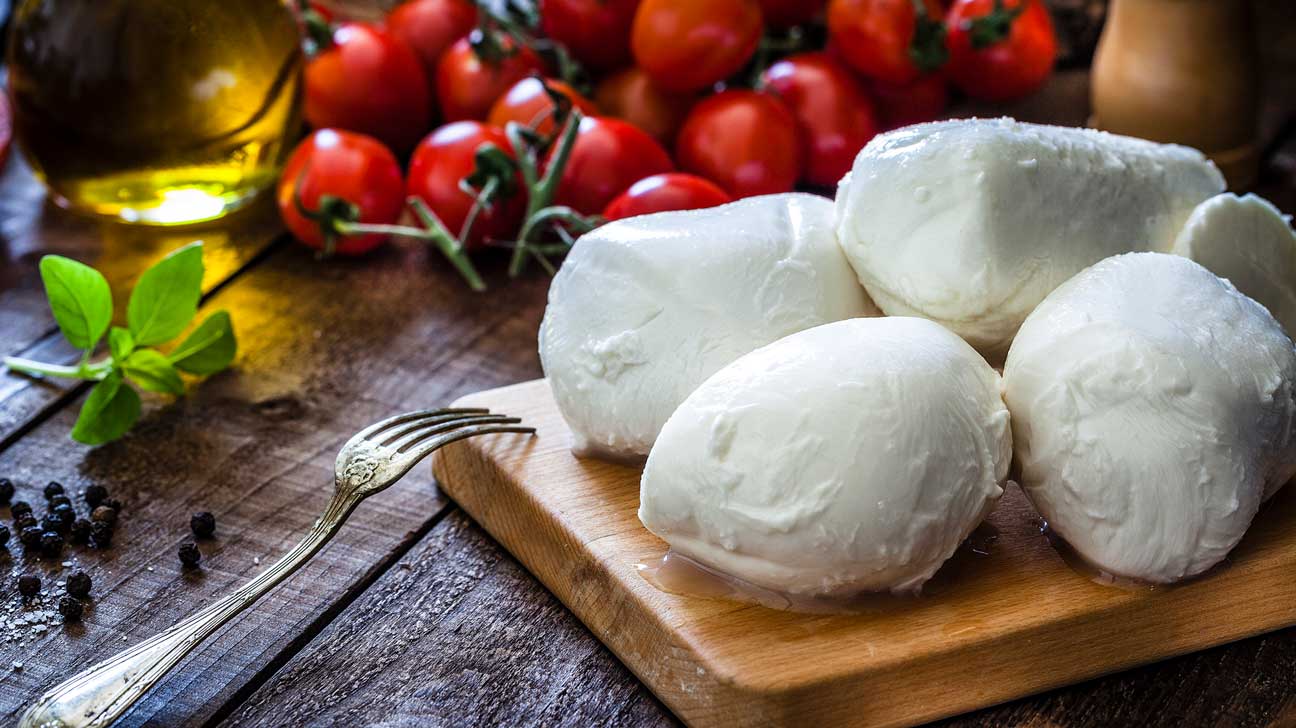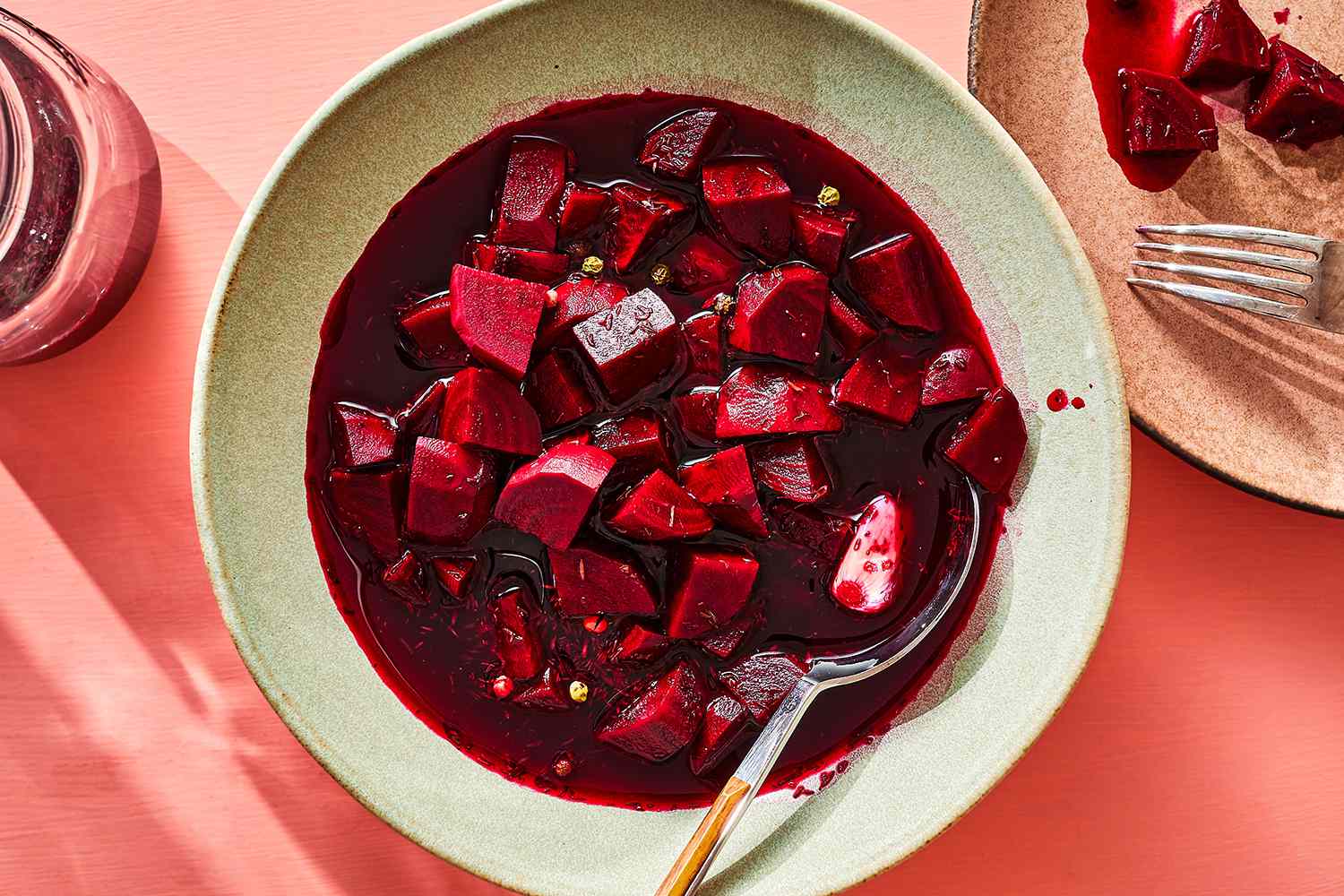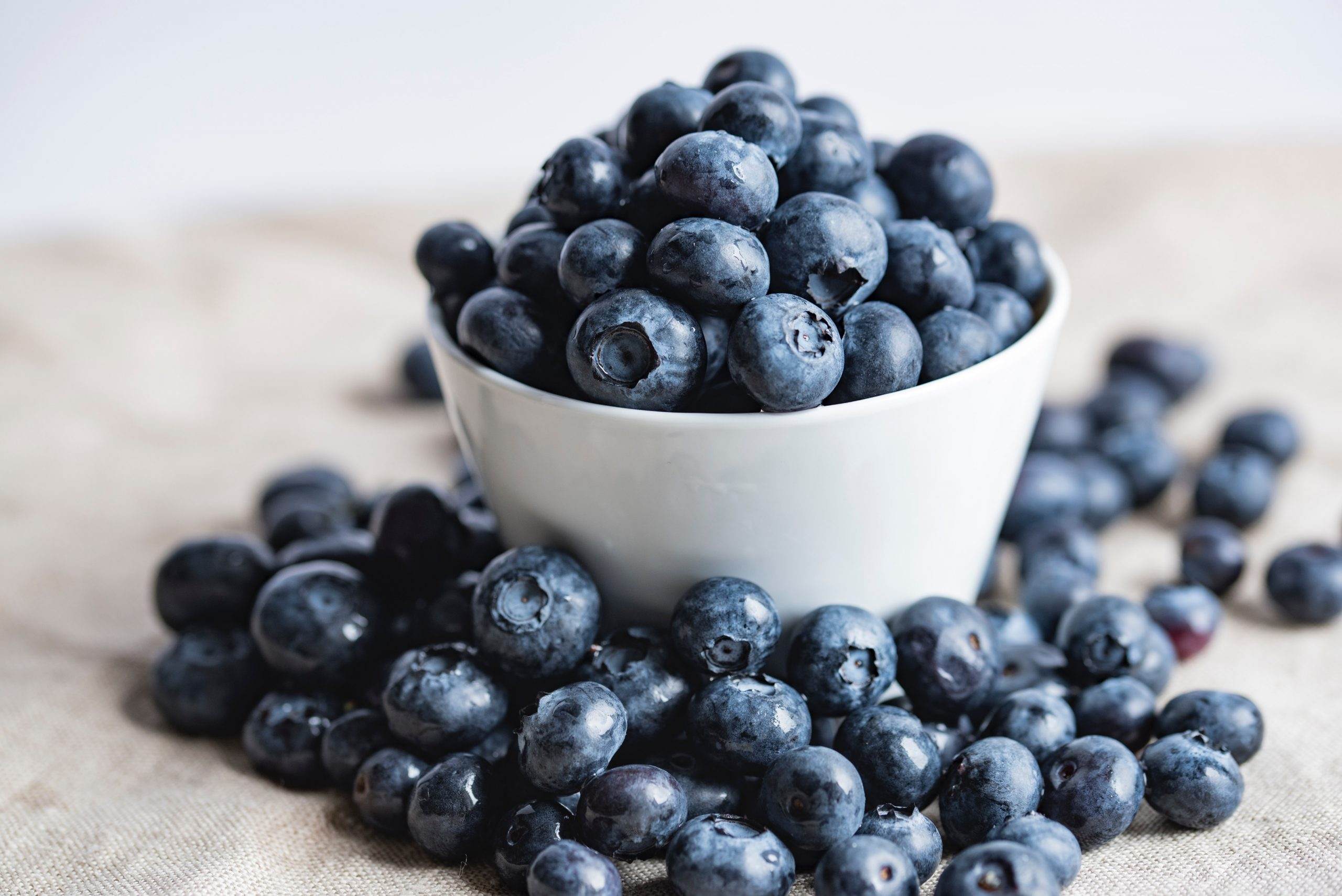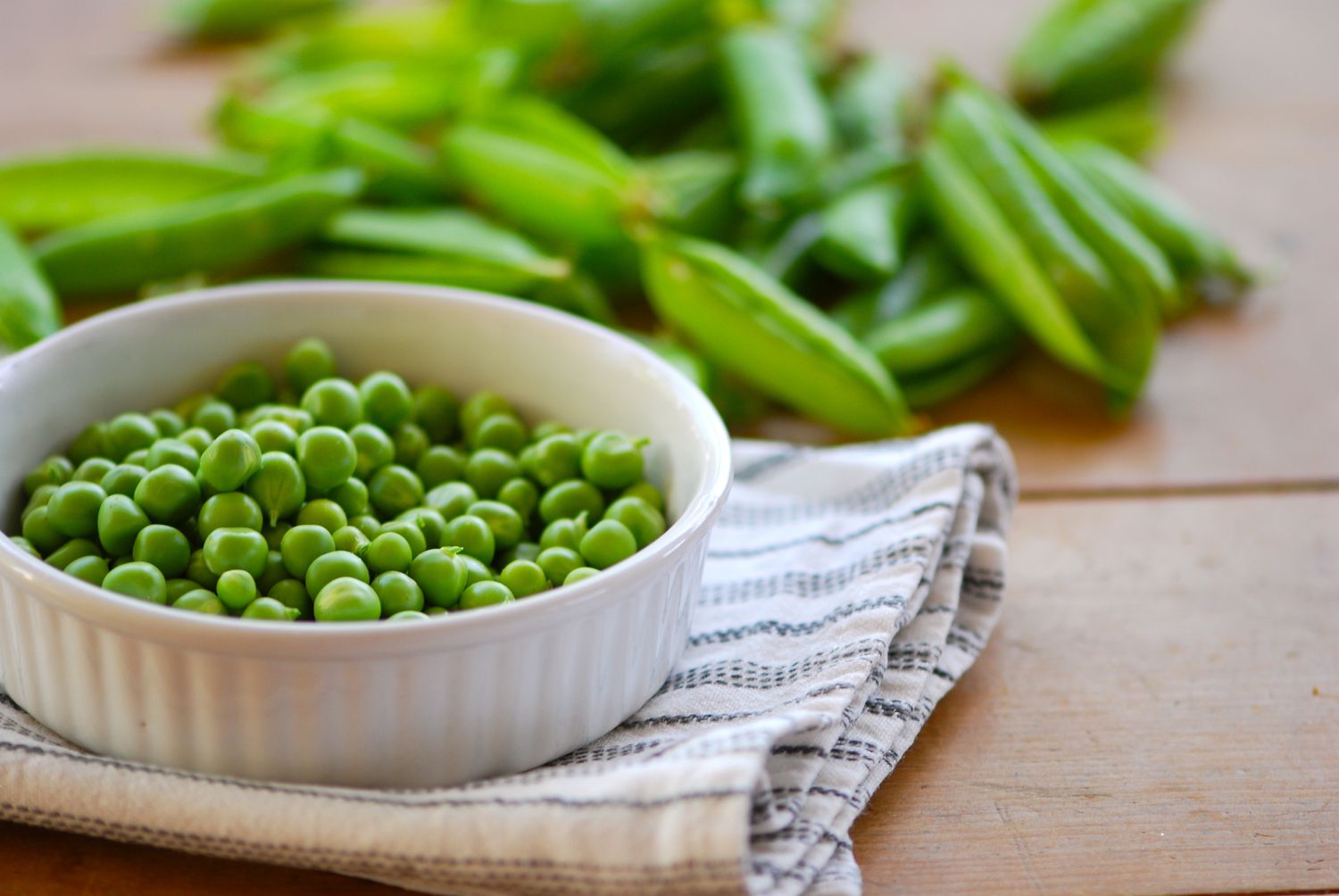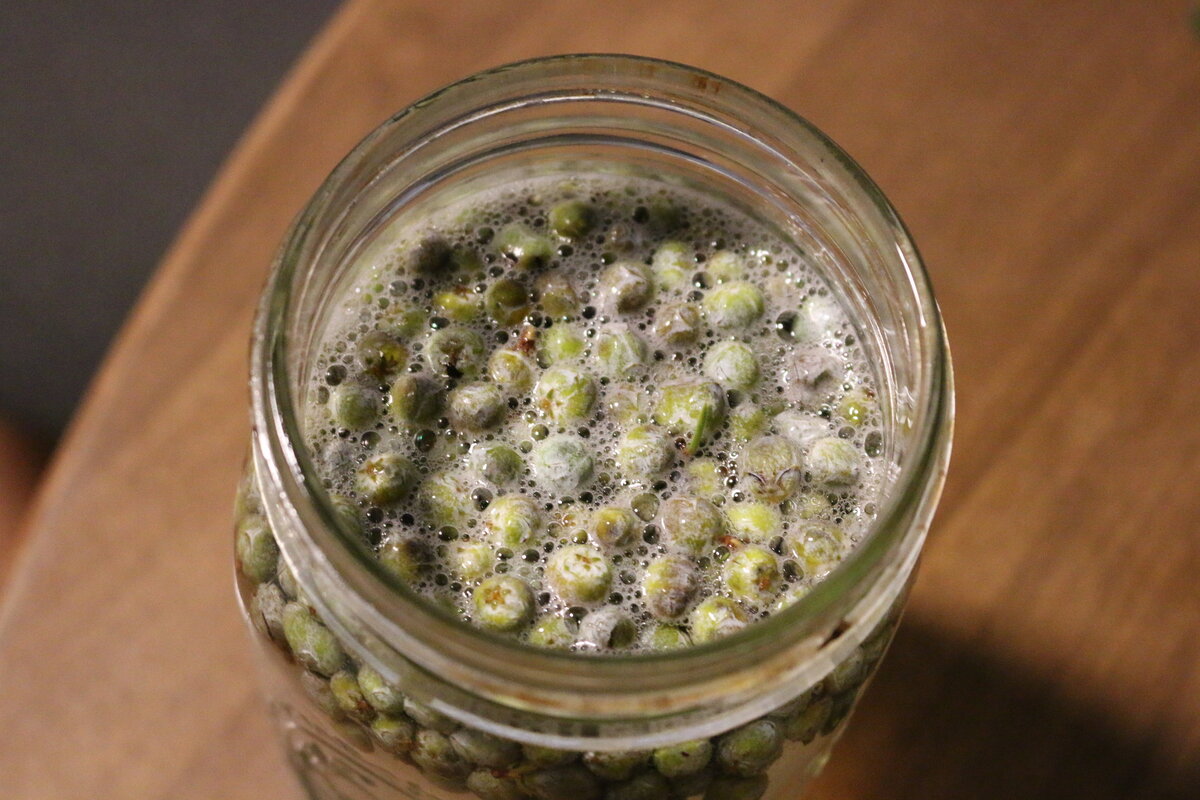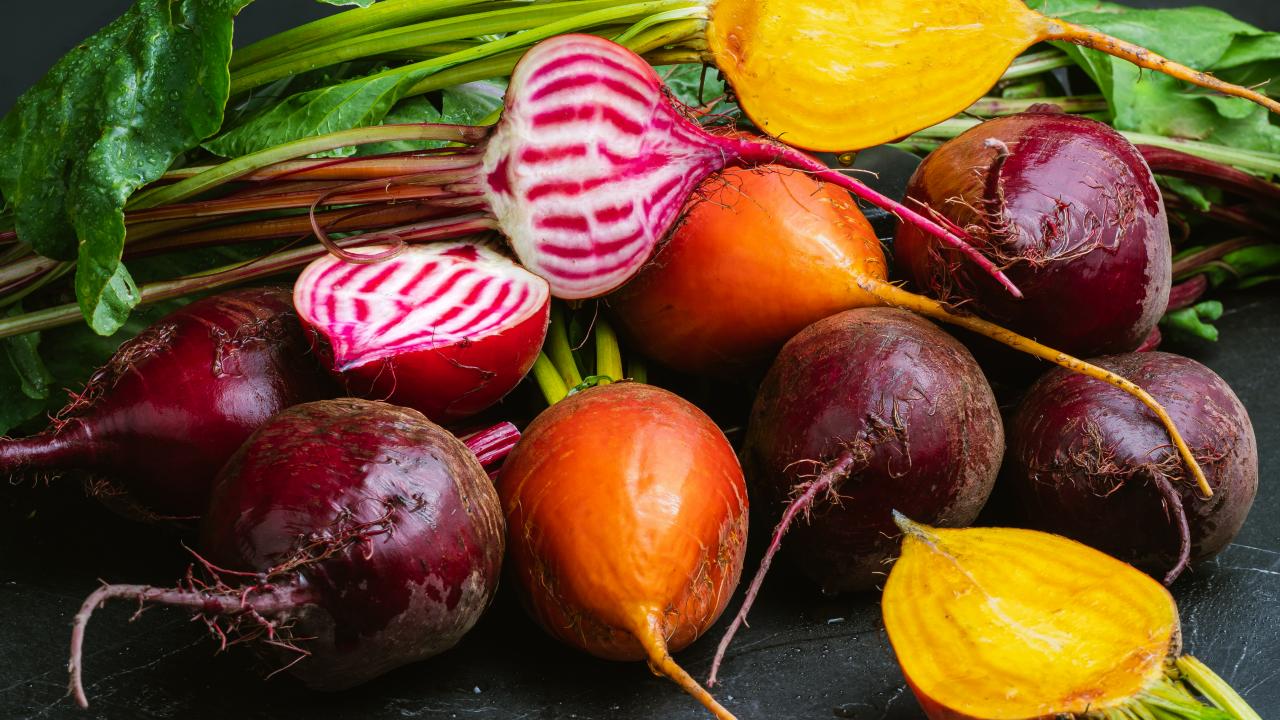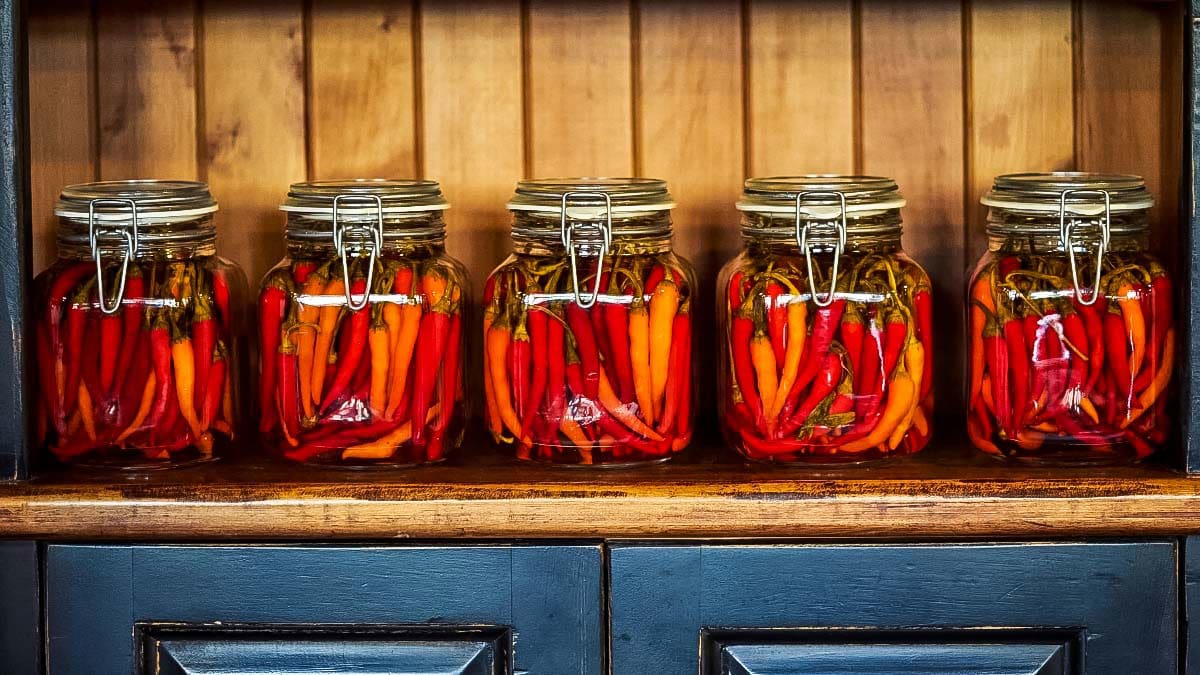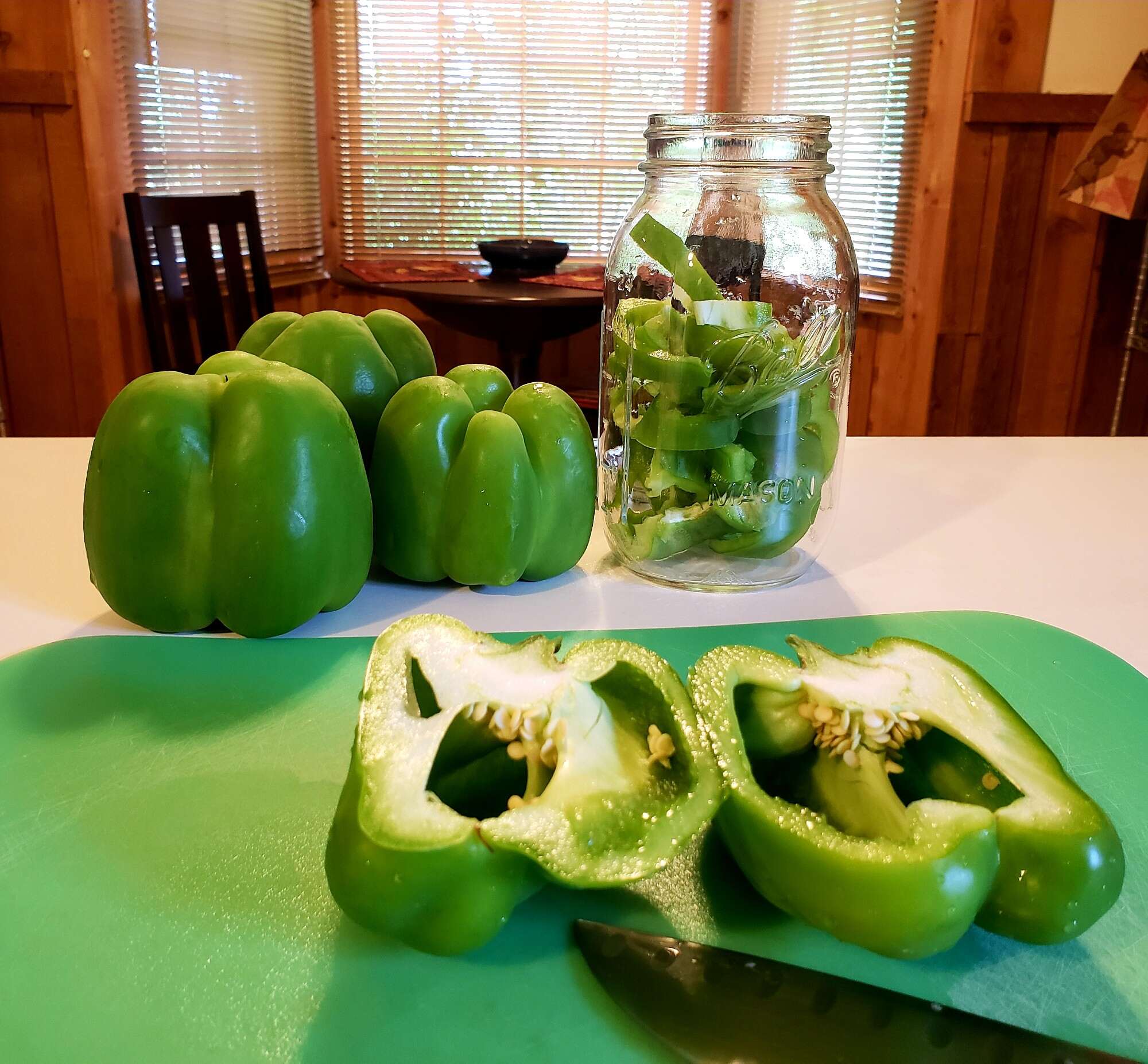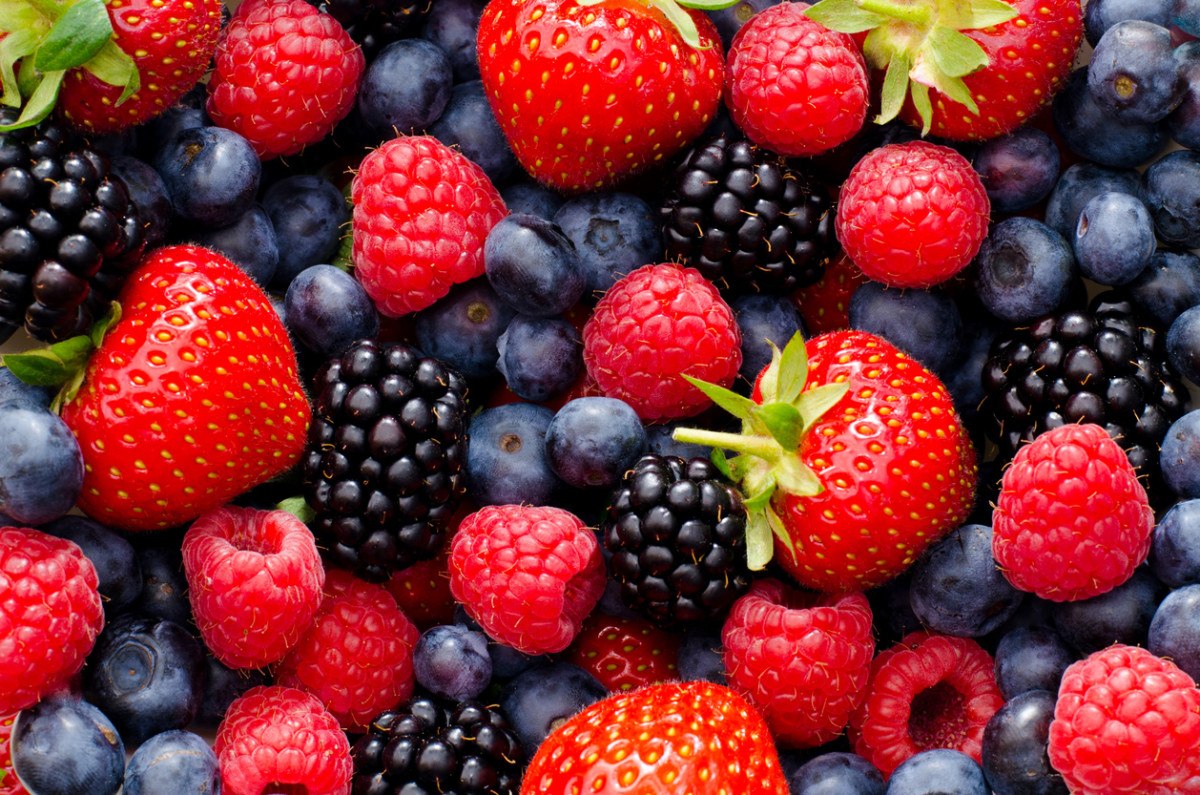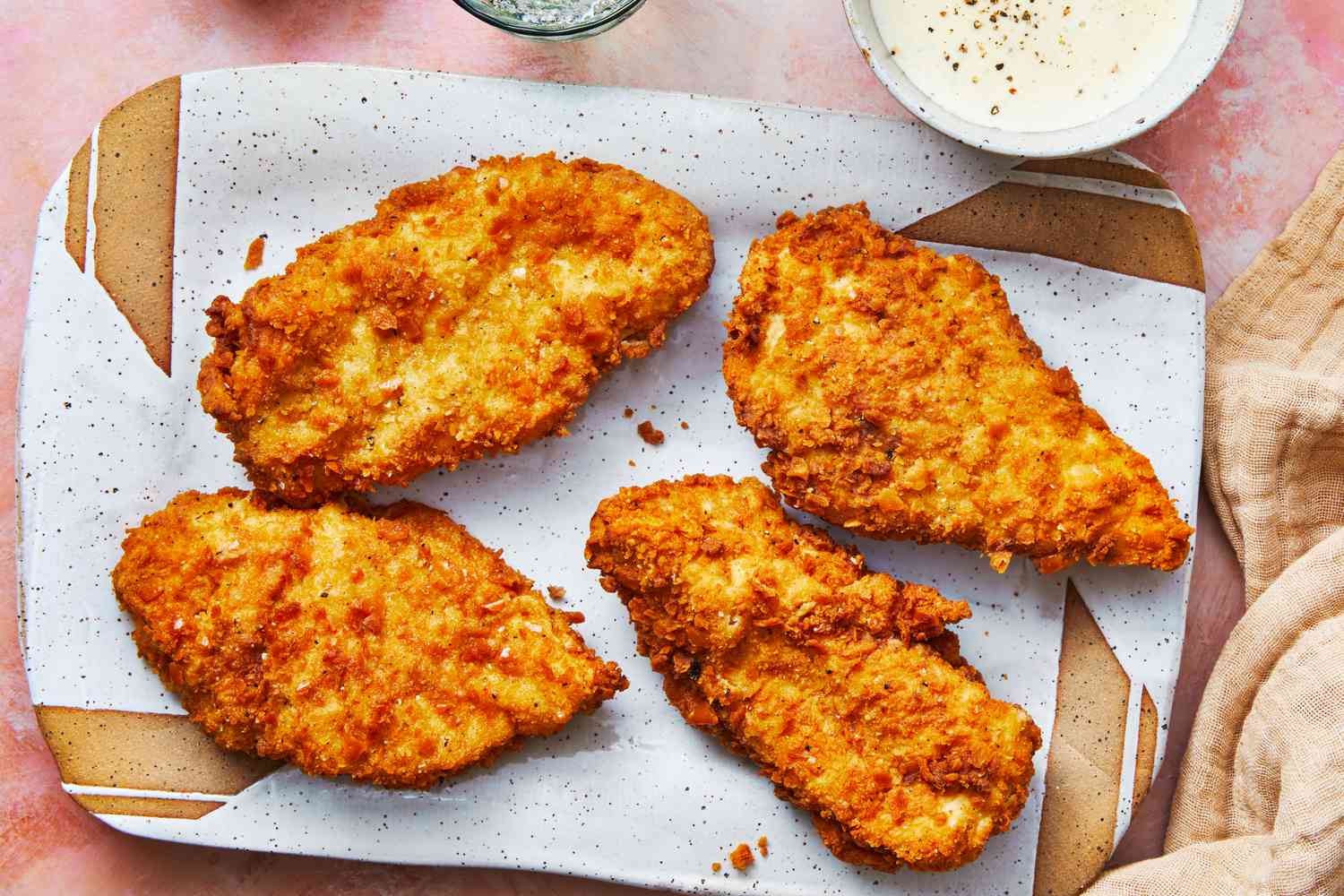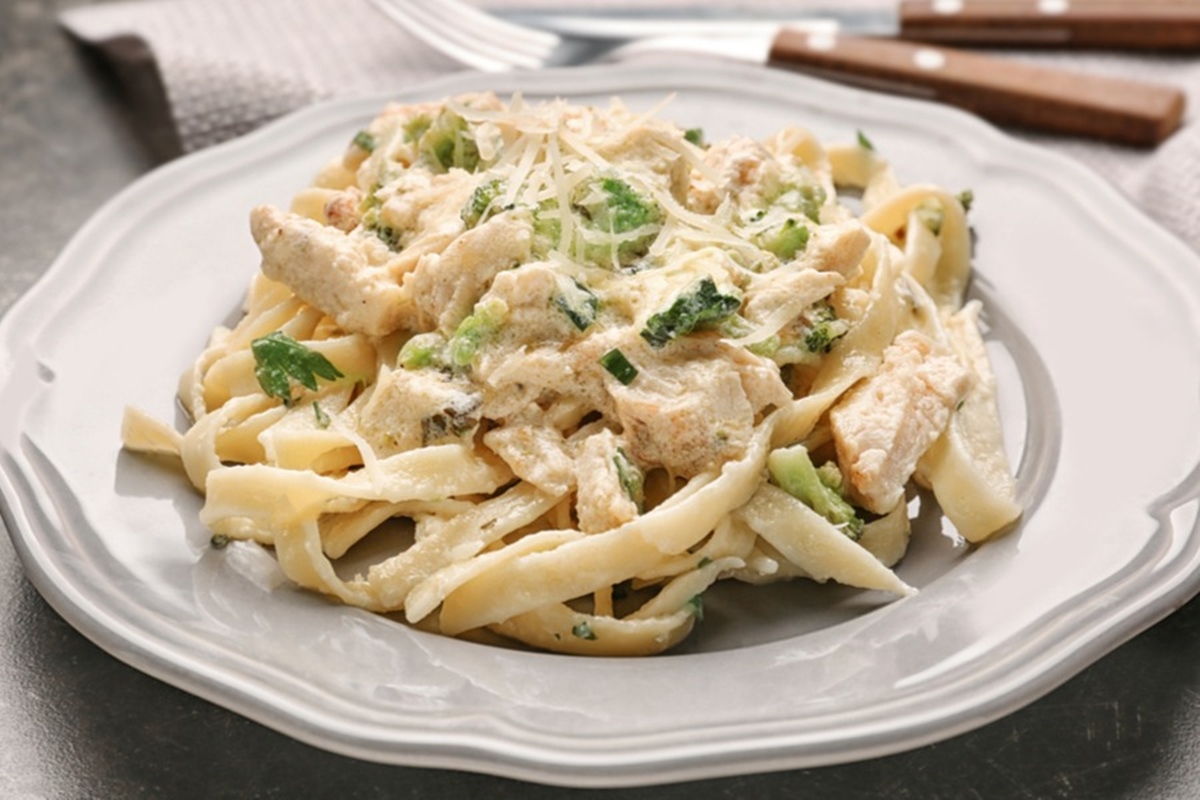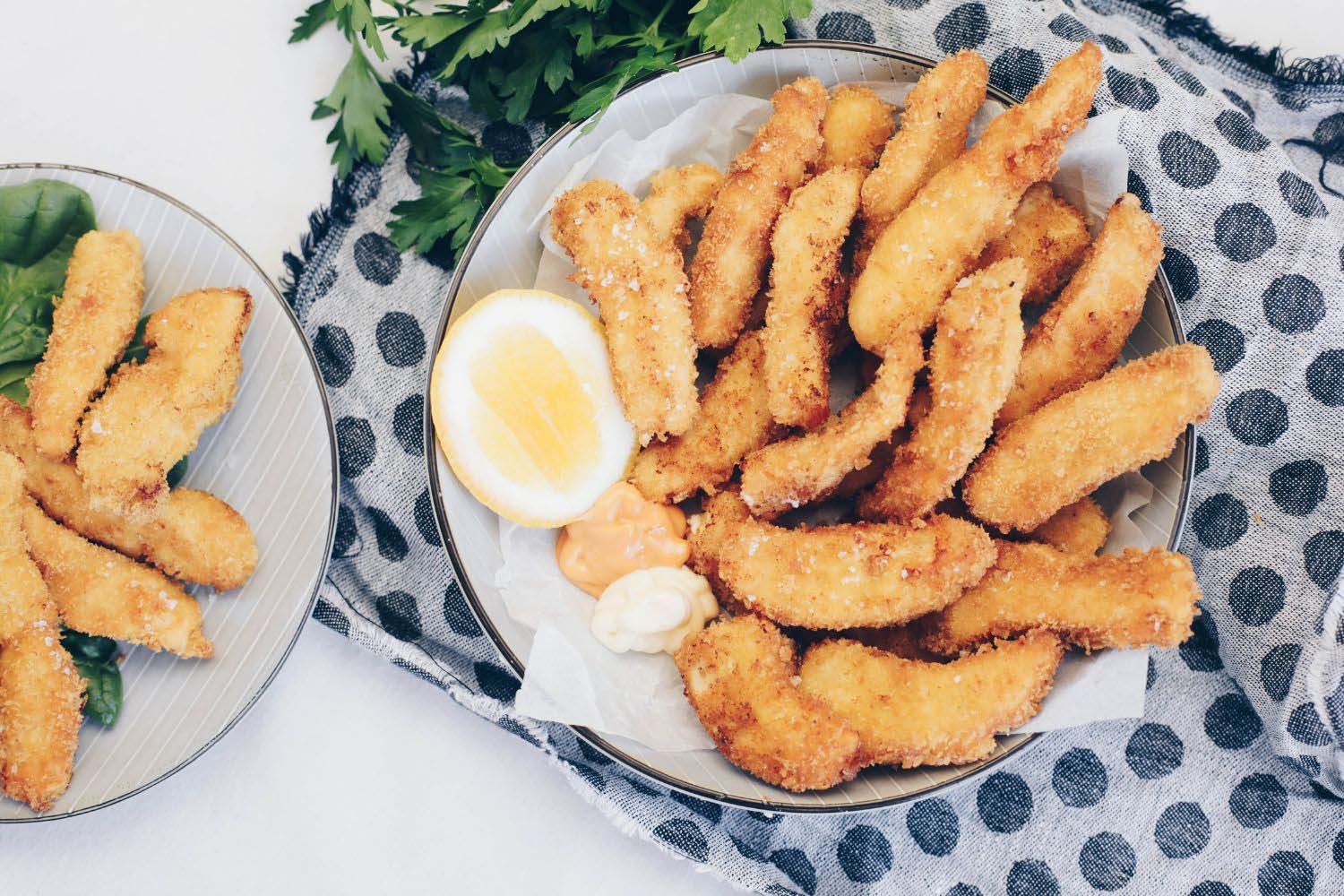What Is Chlorinated Chicken?
When it comes to food, there are always new terms and controversies that emerge, and one of the latest topics causing a stir is chlorinated chicken. But what exactly is chlorinated chicken and why is it making headlines? Let’s dive deep into this controversial issue and separate fact from fiction.
Understanding the Basics
Chlorinated chicken refers to poultry that has been treated with chlorine or chlorine-based substances during the processing stage. The goal of this treatment is to reduce the risk of bacteria, such as salmonella and campylobacter, which are commonly found in raw chicken.
The Process
The process of chlorinating chicken involves washing the meat in a diluted chlorine solution or spraying it with chlorinated water. This practice is primarily carried out in some countries, most notably the United States, as a way to ensure food safety standards and prevent foodborne illnesses.
The Controversy
Opponents of chlorinated chicken argue that the practice masks poor hygiene and farming practices. They claim that the use of chlorine at the processing stage may allow for lower standards in the production and handling of chicken. Furthermore, concerns have been raised about the potential health risks associated with consuming chlorine residues on the meat.
Proponents, on the other hand, argue that chlorination is an effective way to reduce harmful bacteria and ensure food safety. They claim that extensive scientific research has shown no significant health risks associated with consuming chlorinated chicken.
Regulations and Policies
The use of chlorine in poultry processing has been a subject of debate between different countries and regions. For instance, the European Union has banned the import of chlorinated chicken since 1997 due to concerns about the long-term effects of chlorine residues on human health.
Meanwhile, in the United States, chlorinated chicken is allowed and widely consumed. However, as different food safety standards exist globally, exporting chlorinated chicken to certain countries, like the UK, is a point of contention in trade negotiations between nations.
Alternatives and Future Outlook
While chlorination is commonly used in some countries, other regions employ alternative methods to reduce bacteria in chicken. These methods may include stricter hygiene practices, use of organic supplements, improved farming conditions, and better animal welfare standards.
As consumers become increasingly conscious about their food choices, there is a growing demand for chicken that meets higher food safety and animal welfare standards. This trend may lead to a shift away from the use of chlorine in poultry production in favor of more sustainable and natural methods.
Final Thoughts
Chlorinated chicken continues to be a contentious issue when it comes to international trade and food safety regulations. While scientific evidence suggests no immediate health risks, concerns about farming practices and long-term effects on human health persist. As consumers, it is crucial to stay informed about the food we eat and make choices that align with our values and preferences.
Whether you support or object to the use of chlorine in chicken production, understanding what chlorinated chicken is and the associated controversies is essential in shaping the future of food safety and sustainable farming practices.
